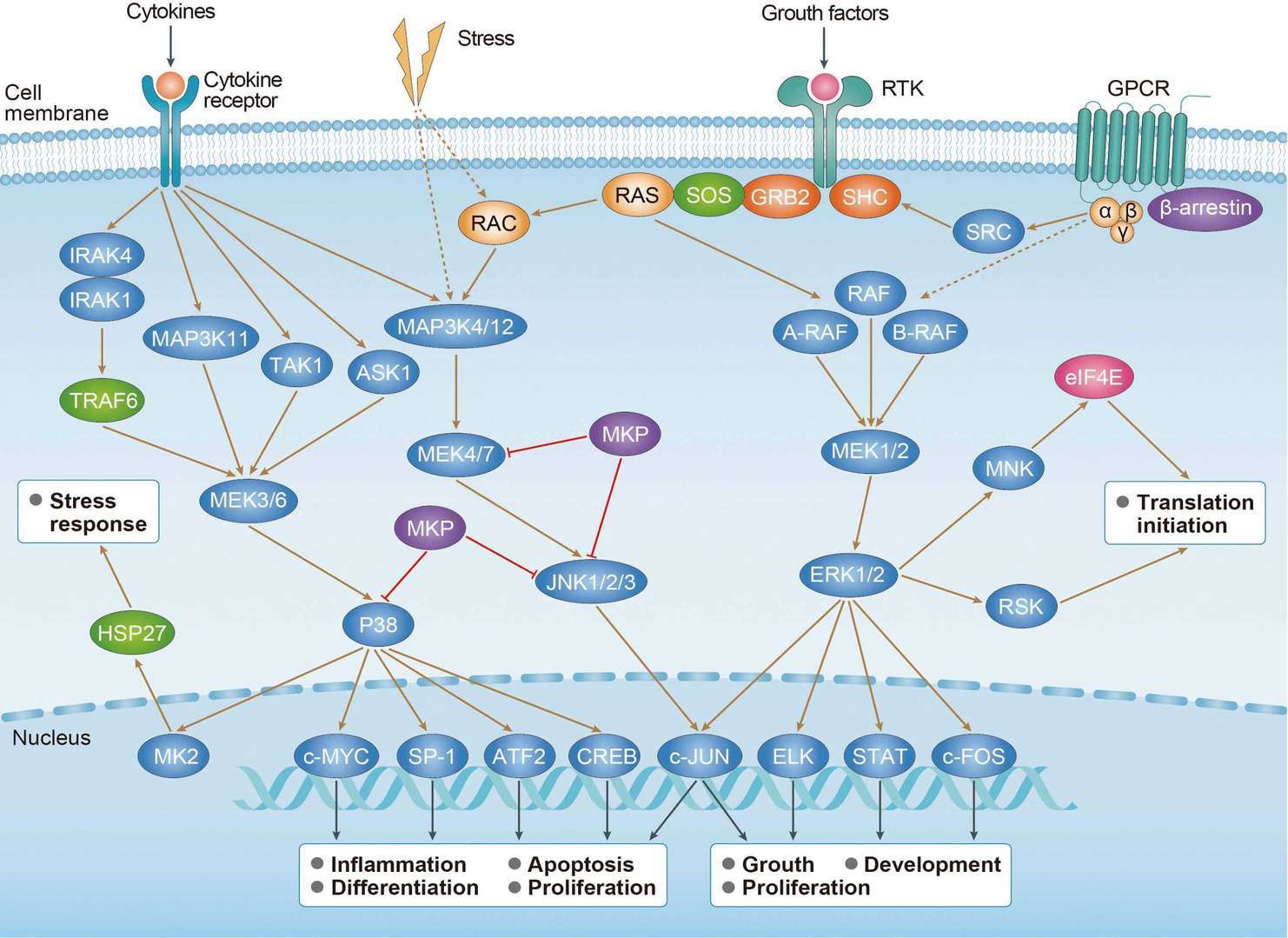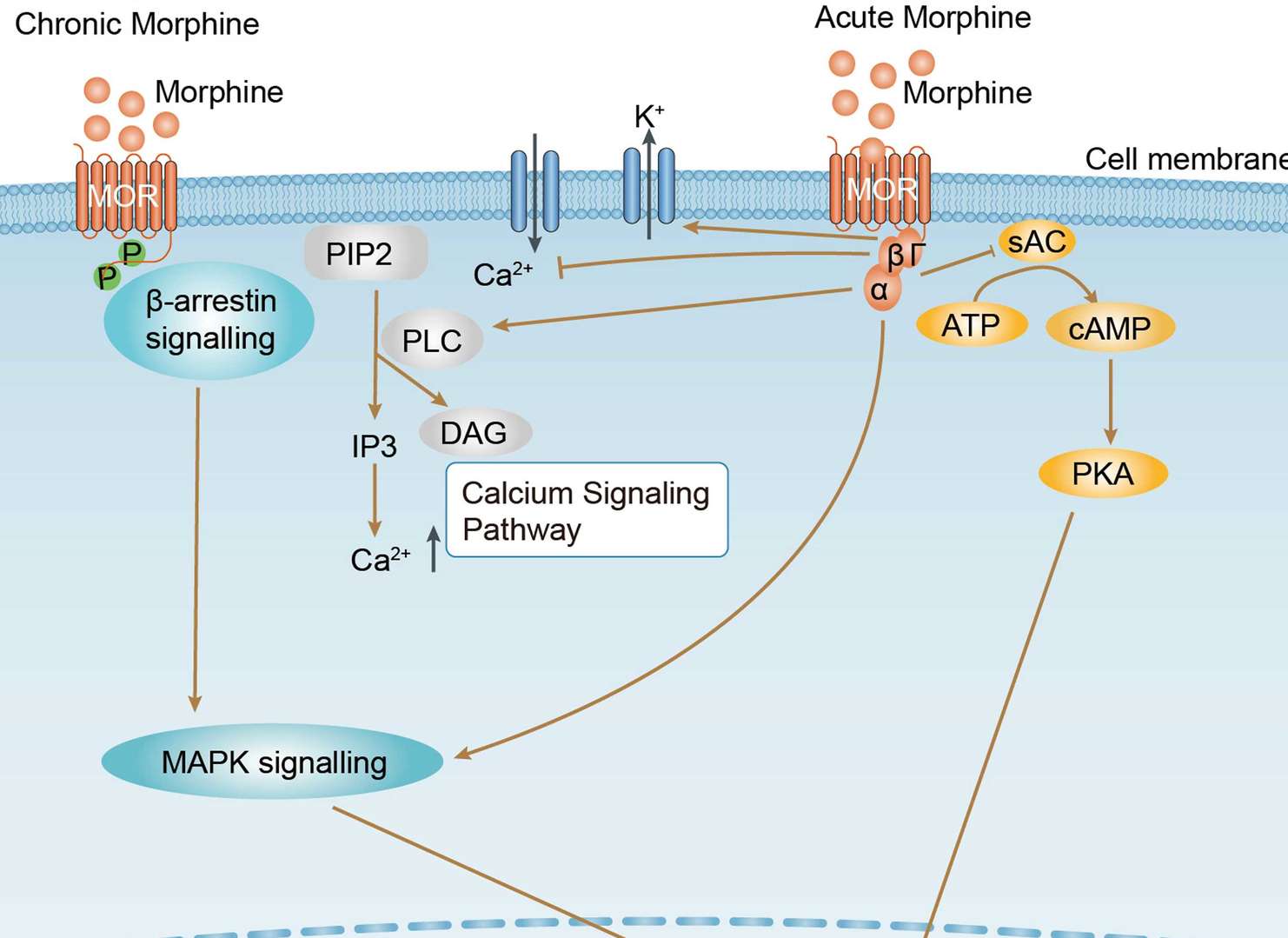 Loading...
Loading...

ATP6V1G1
Metabolic proteins, Plasma proteins, Transporters
Intracellular
Low cell type specificity
Low immune cell specificity
Low cell line specificity
V-ATPase is a heteromultimeric enzyme made up of two complexes: the ATP-hydrolytic V1 complex and the proton translocation V0 complex (PubMed:33065002). The V1 complex consists of three catalytic AB heterodimers that form a heterohexamer, three peripheral stalks each consisting of EG heterodimers, one central rotor including subunits D and F, and the regulatory subunits C and H (PubMed:33065002). The proton translocation complex V0 consists of the proton transport subunit a, a ring of proteolipid subunits c9c'', rotary subunit d, subunits e and f, and the accessory subunits ATP6AP1/Ac45 and ATP6AP2/PRR (PubMed:33065002).
- Chicken Anti-ATP6V1G1 Polyclonal IgY (BRD-0061MZ)
-
- Species Reactivity: Human, Mouse, Rat
- Type: Chicken antibody
- Application: WB
Our customer service representatives are available 24 hours a day, from Monday to Sunday. Contact Us
Can't find the products you're looking for? Try to filter in the left sidebar.Filter By Tag
For Research Use Only. Not For Clinical Use.

 cAMP Signaling Pathway
cAMP Signaling Pathway
 Morphine Addiction
Morphine Addiction